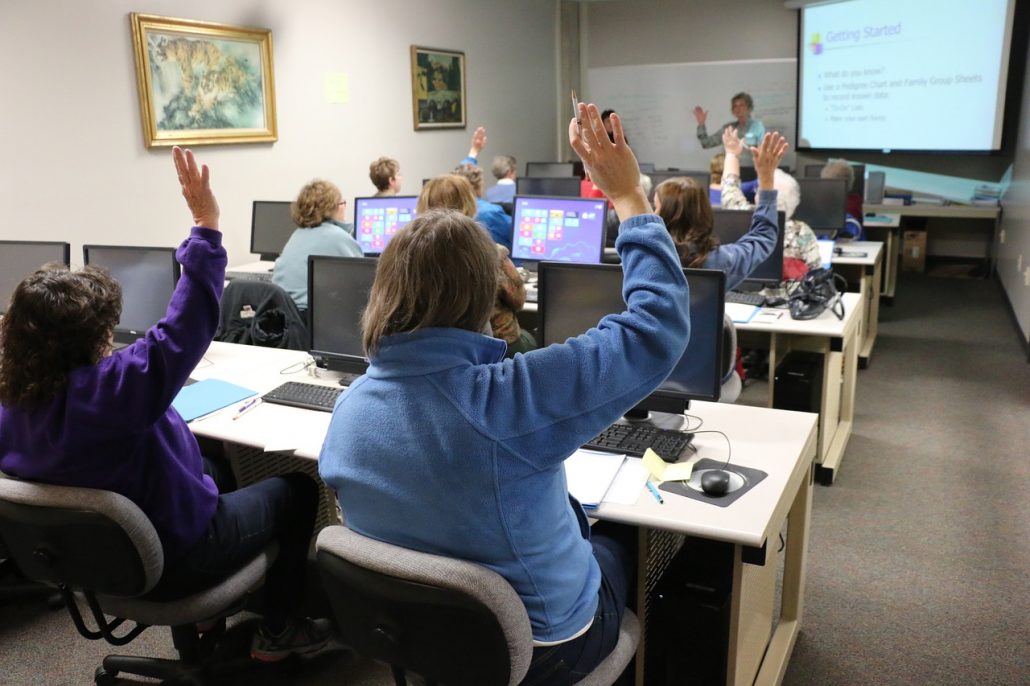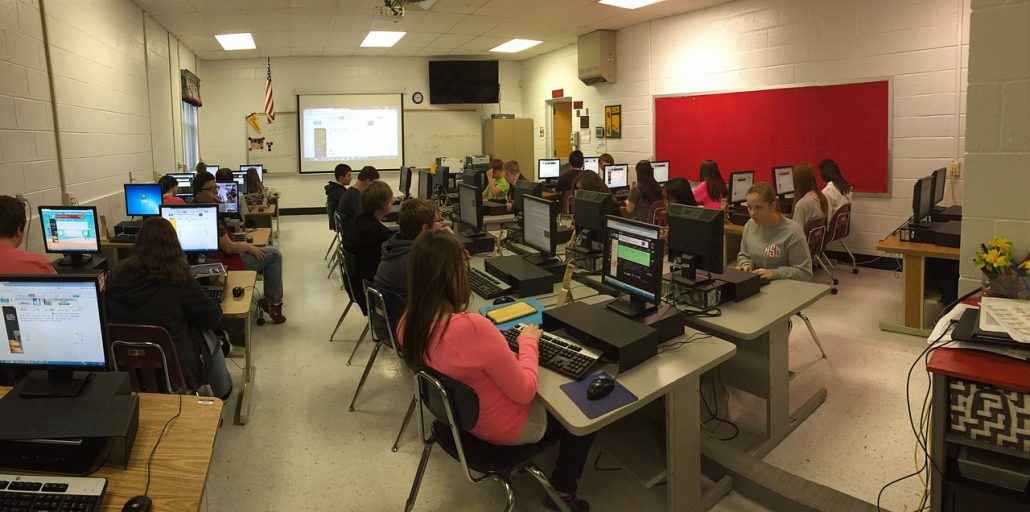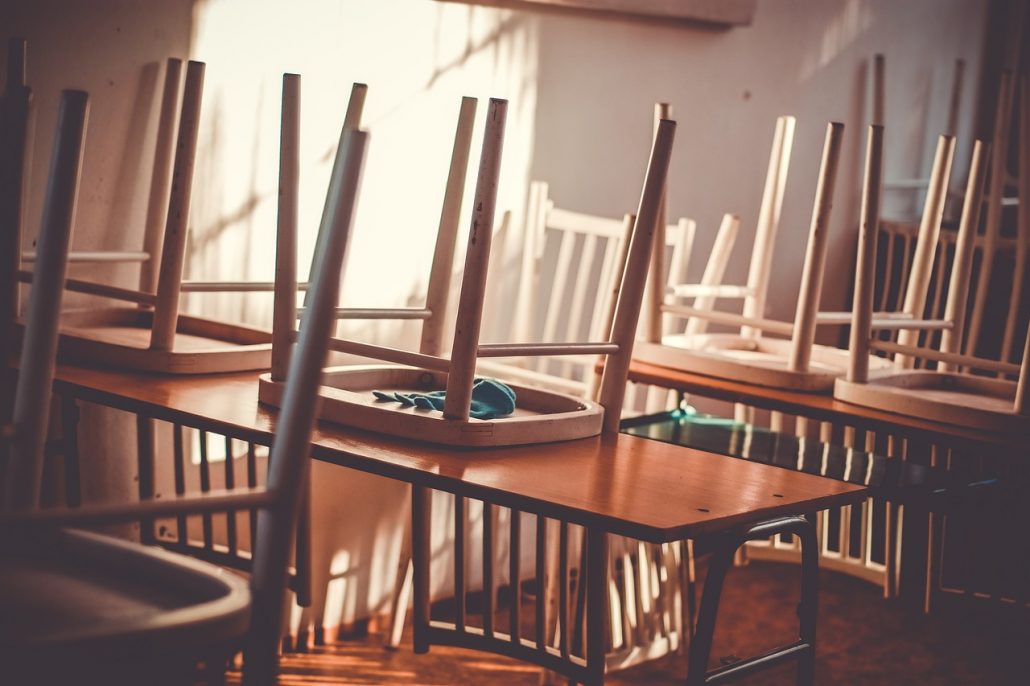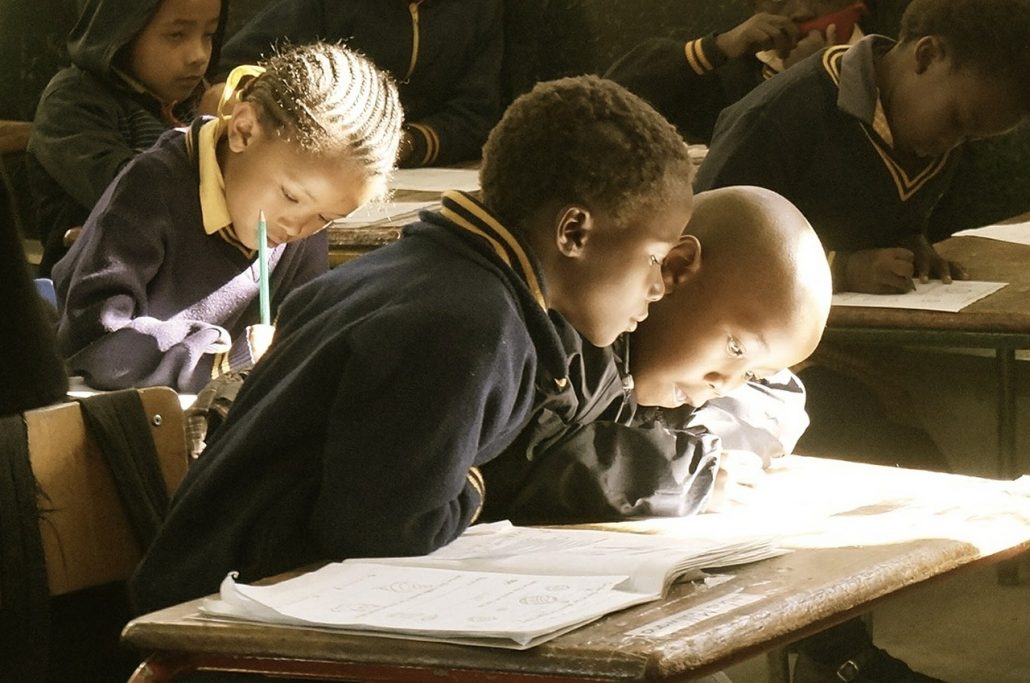National Time Management Month: Advice from the Teacher
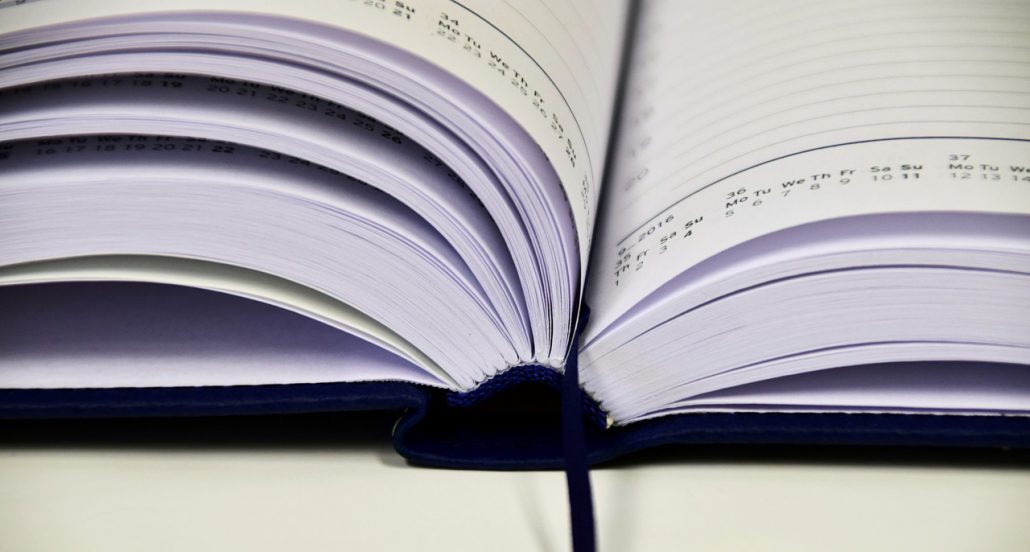
“Do as I say, not as I do” certainly applies to this topic of time management. As much as I know how to manage my time, the execution piece has always been a steady work in progress. Shamefully, I must admit that, like many other people, time management is one of my pitfalls. Since I can very personally relate to the struggle that is time management, I can also say that I spend a great deal of time—no pun intended—pondering how to improve my own tendency to procrastinate. Again, I am still working on this lifelong skill; however, I have found some strategies and reminders that prove to be very helpful in this area. As much as we adults struggle with managing our time, so do our students. And, being that they are still developing, maturing, and learning, adolescents can benefit greatly from modeling strategies when it comes to time management.
Students should categorize, then prioritize. In any given week, students may have personal or social obligations, academic obligations, family obligations, or extracurricular obligations—quite the full calendar for today’s teens. Not only can these packed schedules be stressful, but without proper time management, completion of all “to-dos” could prove impossible. Organization is key to prioritizing time.
First, students should categorize all events and due dates on a weekly or monthly calendar. This can be done with post-it notes or color-coordinated pens. After the to-do list has been organized by obligation—school, family, social, etc.—students should rank these items in order of importance for school, family, and extracurricular tasks. Have adolescents consider questions like, “Which assignment is going to take the longest?” “Which task is going to impact my grades the most?” “What family event is the most significant?” This prompts students to consider what items are most important to family members or significant at school, allowing them time to work carefully on the more difficult items. In terms of the social category, students may want to rank or prioritize items based on interest. This way, events or gatherings that teens are most eager to attend can take top priority during their free time.
Take frequent, short breaks between tedious tasks. Again, planning these breaks ahead of time is helpful for managing one’s time. The idea is to avoid cramming as much as possible, especially when it comes to school-related tasks. When sectioning off study/work sessions, students should be mindful of their focus and attentiveness—a work session is only successful if the entire time slot is spent working efficiently. Students should treat the short breaks as though they are rewards for the “grind” and effort they are exerting. These breaks prevent burnout—which happens when students lose steam or motivation while cramming or working for hours straight. Breaks allow some breathing room so that assignments, tasks, or practices are not only completed, but completed thoroughly and proficiently.
Lastly, and most importantly, put the electronics away. Social media, email, and television are my own vices when it comes to being productive with my time. As much as adolescents may fight this, the focus needs to be solely on the task at hand in order to manage time effectively. Instrumental music is an option for those students who prefer background noise, but truth be told, less is more with regard to distraction.
